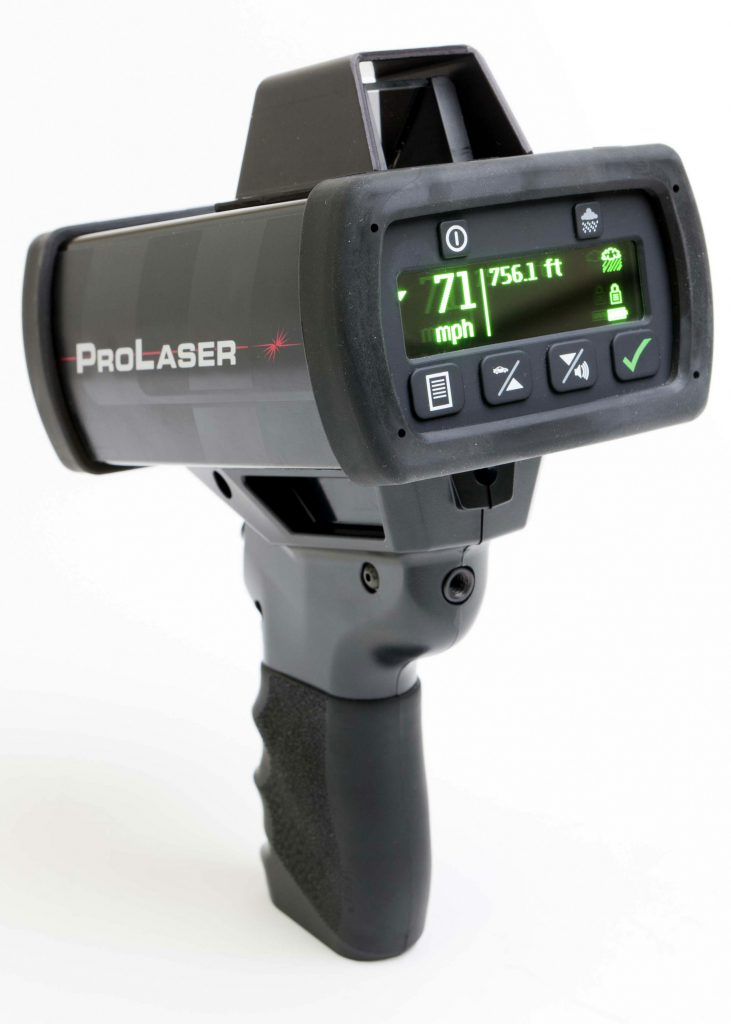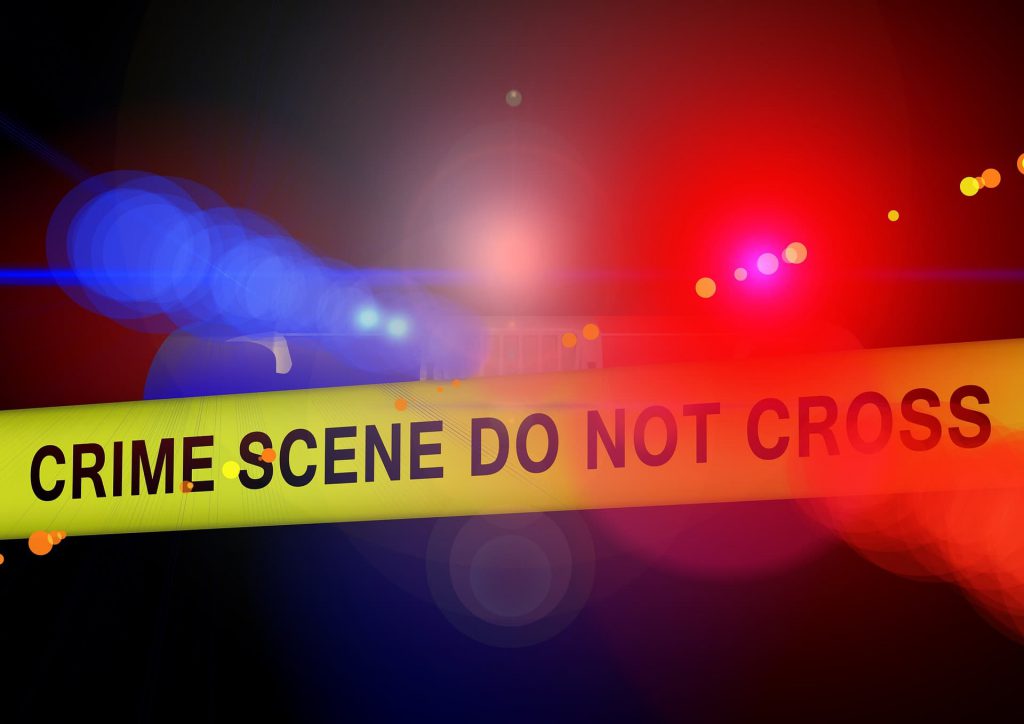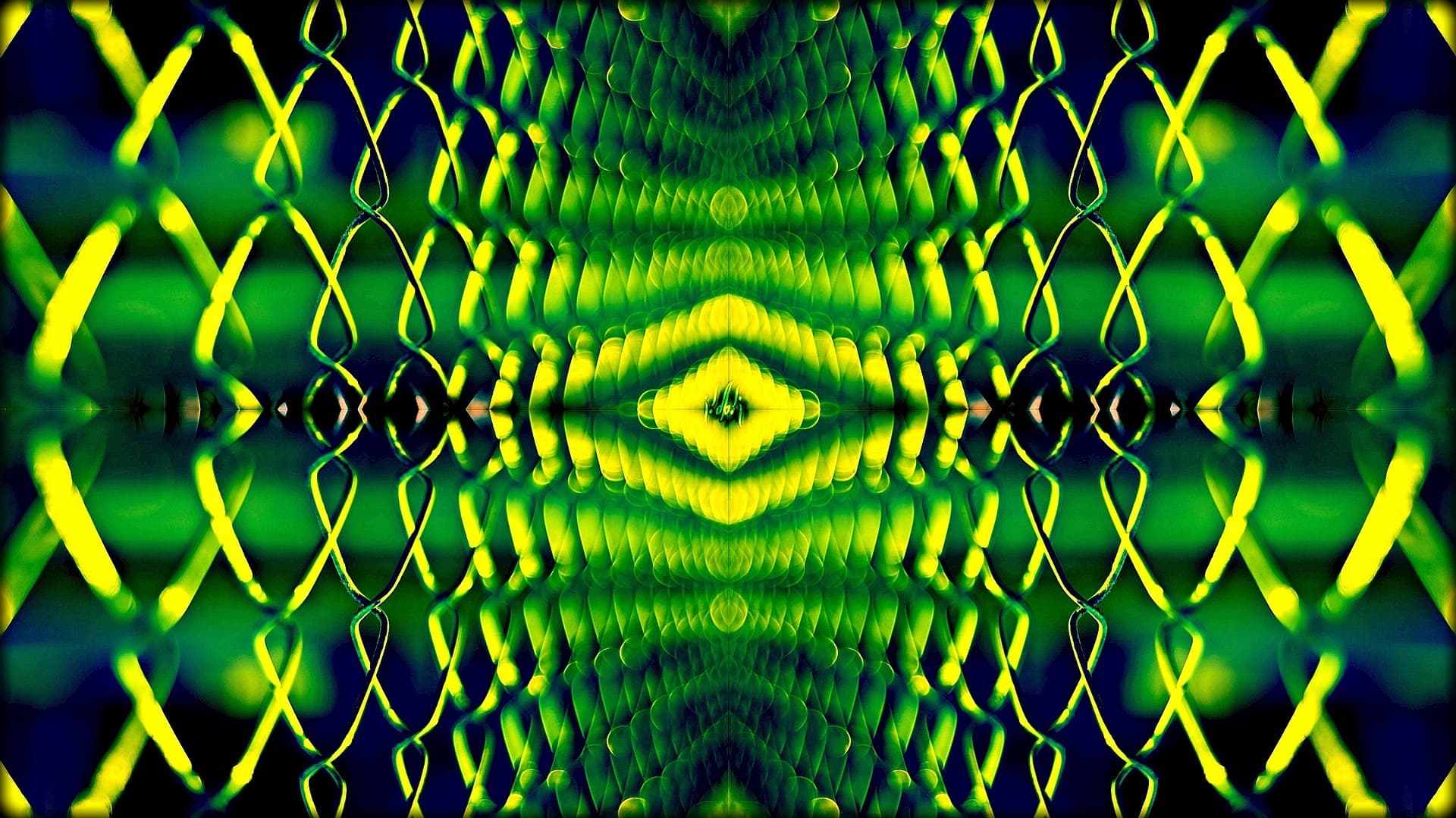Law enforcement is constantly looking smarter ways to plan, investigate and respond. Using innovative technology such as LIDAR, together with experience, creates true intelligence-led policing.
LIDAR stands for Light Detection and Ranging and measures the distance between objects by hitting the target with a laser and then analyzing the reflected light.
There are three primary components of a LIDAR instrument: the scanner; laser; and GPS receiver. Other elements that play a vital role in the data collection and analysis are photodetectors and optics.
LIDAR has a wide range of applications across different fields but probably the most innovative is in law enforcement, from speed enforcement to 3D recording of accidents and crime scenes.
Self-Driving Car Surveillance
A relatively recent breakthrough in LIDAR technology, announced by MIT, has potentially far reaching consequences for the future police surveillance of citizens on the street.
The new technology is able to scan fine details such as wrinkles in faces and even fingerprints, all of which can be deployed from long distance such as in self-driving cars.
Whilst San Francisco has already placed a ban on facial recognition across city departments, there are loopholes that could be used, as well as by private companies and federal agencies. This is definitely a space to watch.
Speed guns

Speeding is one of the main causes of traffic incidents, contributing to 28 percent of all fatal crashes and has an annual cost of $40.4 billion in the United States, according to NHTSA.
This is why police LIDAR guns are now commonly in use, whereby laser pulses are used to calculate the exact speed of a passing vehicle and determine whether the driver is exceeding the limit.
The laser beam is very narrow (typically a mere 18″ wide at 500 ft away), which makes it easy for police officers to target a specific vehicle that is speeding. This is especially useful in heavy traffic when lots of cars are in close proximity: the speed calculation is very precise and has a longer range of detection than radar speed guns.
Crime Scenes and Forensics

3D LIDAR systems are becoming increasingly popular in forensic examinations, offering a simple and exact way of recording accidents and crime scenes. Ground-based LIDAR can be used to capture the scene of a car crash within a few minutes, preserving the evidence and its geographical location.
Other than crash scenes, geospatial researchers and forensic scientists (at the Department of Energy’s Oak Ridge National Laboratory and the University of Tennessee) have used laser scanning and 3D modeling techniques to detect tell-tale signs of recently buried human remains. Remote LIDAR sensors were operated from a distance, allowing investigators to cover more area in their search than with more traditional methods.
LIDAR Border Security

The Silicon Valley startup Quanergy Systems, Inc. has announced a first of its kind LIDAR driven security solution. The technology aims to be a cost-effective and way to monitor and defend open and unprotected perimeters at national borders, airports, railroads, subways, power lines, power plants, natural resource sites and more.
LIDAR’s smart security system, paired with artificial intelligence, is simple. There are two principal components: The laser detector, which identifies an object; and the camera, which continues to track the object. “With the long range of LIDAR, you can detect things before they get to the perimeter, identify and communicate the information to the border patrol,” said the startup CEO, Dr. Louay Eldada.
The innovation has been deployed in pilot projects on the India-Pakistan frontier as well as a small section of the southern US border.

